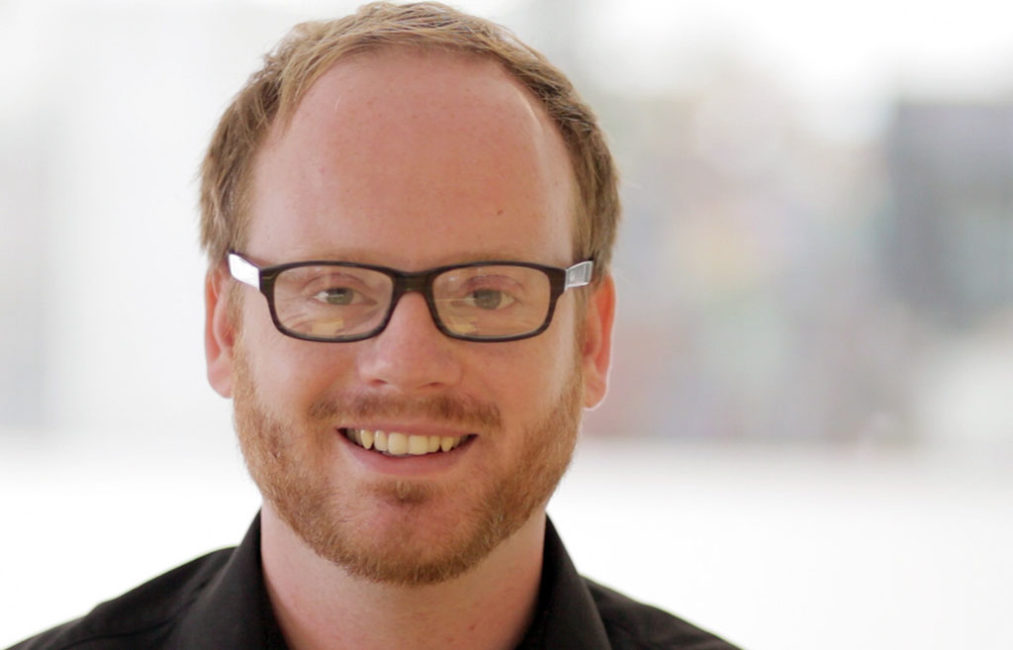mediaX Thought Leader Designs New VR Headset to Reduce Eye Fatigue & Nausea

The Stanford Computational Imaging Group have created a prototype for a next-generation virtual reality headset that uses light-field technology to create a natural, comfortable 3D viewing experience. With help from NVIDIA Corp., their findings will be presented and demonstrated August 9–13 in Los Angeles at SIGGRAPH 2015.
Courtesy of Stanford Computational Imaging Group
In current “flat” stereoscopic virtual reality headsets, each eye sees only one image. Depth of field is also limited, as the eye is forced to focus on only a single plane. In the real world, we see slightly different perspectives of the same 3D scene at different positions of our eye’s pupil, said Gordon Wetzstein, an assistant professor of electrical engineering at Stanford. We also constantly focus on different depths.
The new light-field stereoscope technology – developed by Wetzstein along with researchers Fu-Chung Huang and Kevin Chen – solves that disconnect by creating a sort of hologram for each eye to make the experience more natural. A light field creates multiple, slightly different perspectives over different parts of the same pupil. The result: you can freely move your focus and experience depth in the virtual scene, just as in real life.
Wetzstein’s computational imaging work is making its way into the classroom. In the fall, he will team with Tanja Aitamurto, deputy director of the Brown Institute for Media Innovation at Stanford, to teach an interdisciplinary course at Stanford’s d.school focused on the social impacts of virtual reality. The class, EE392D, Designing Civic Technologies with Virtual Reality, will be open to all Stanford students from any major.
Wetzstein is also developing a class focused on virtual reality technology for the spring quarter.
Read the entire Stanford News story by Vignesh Ramachandran HERE.
Watch Gordon Speak at the #mediaX2015 Conference held in April; Personalizing Light Fields